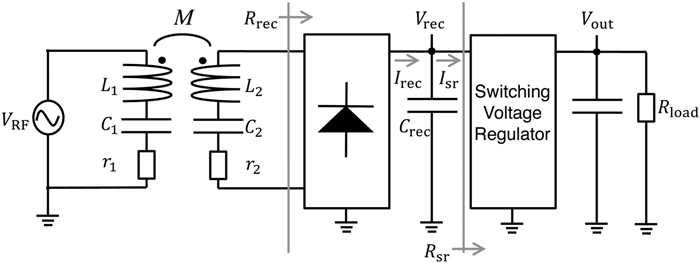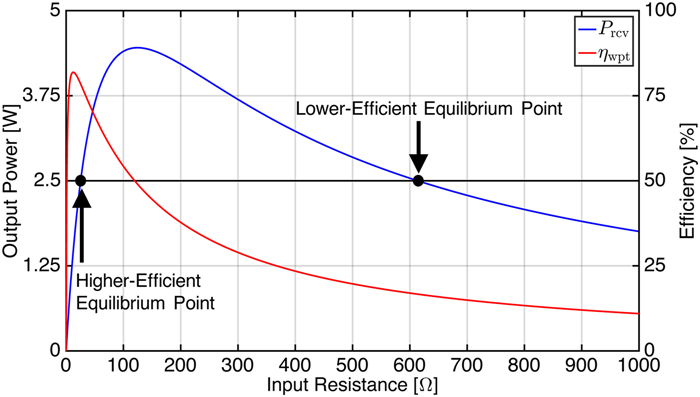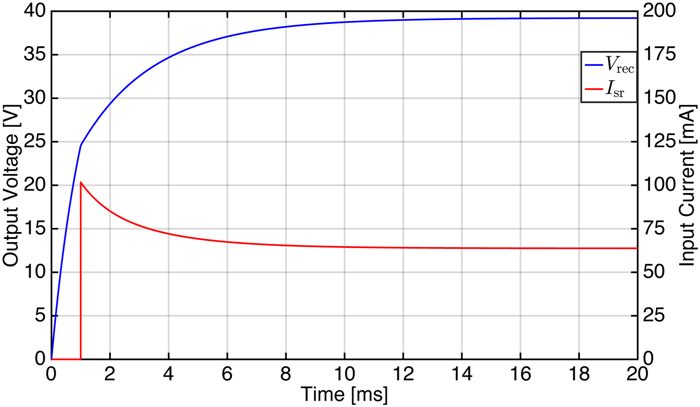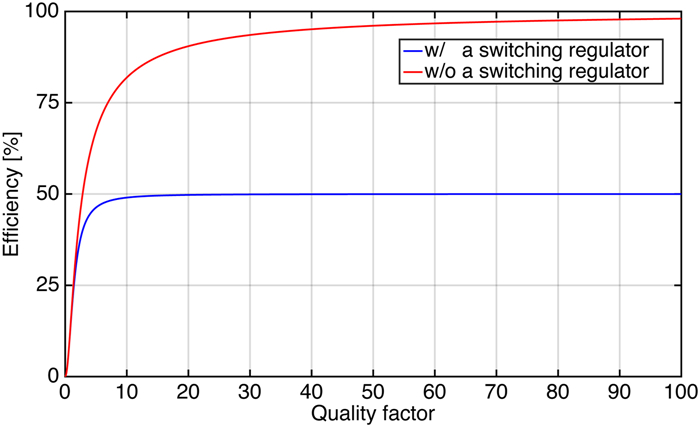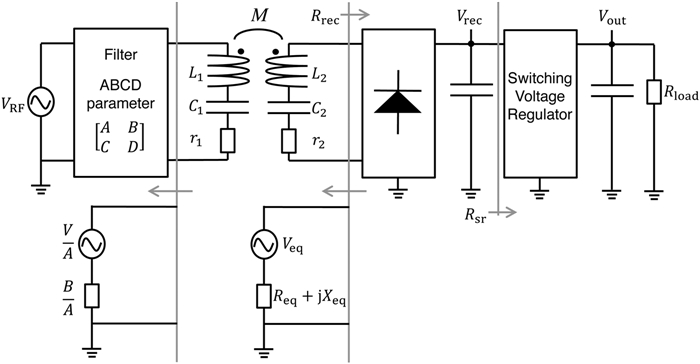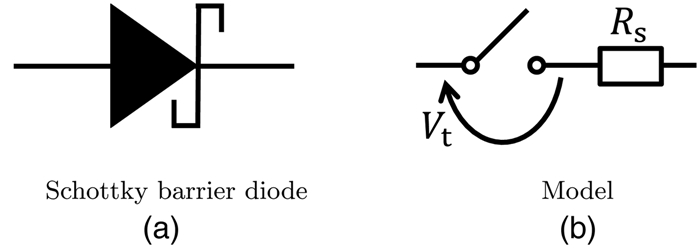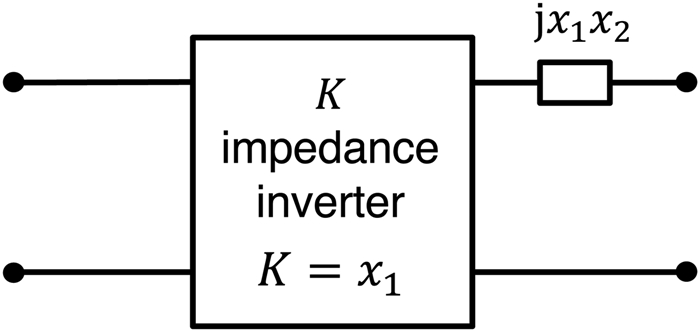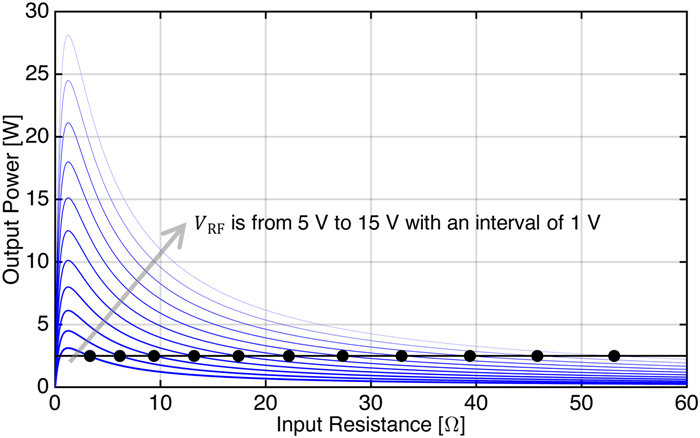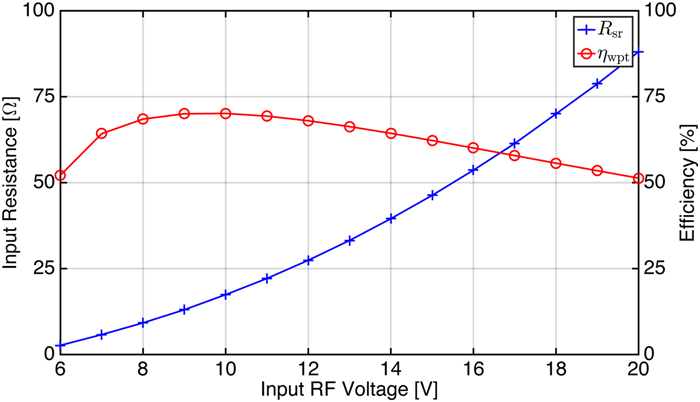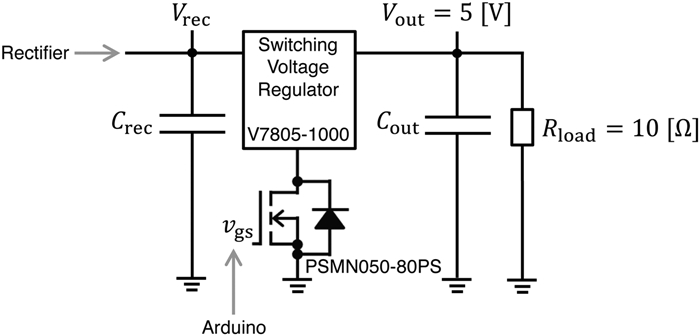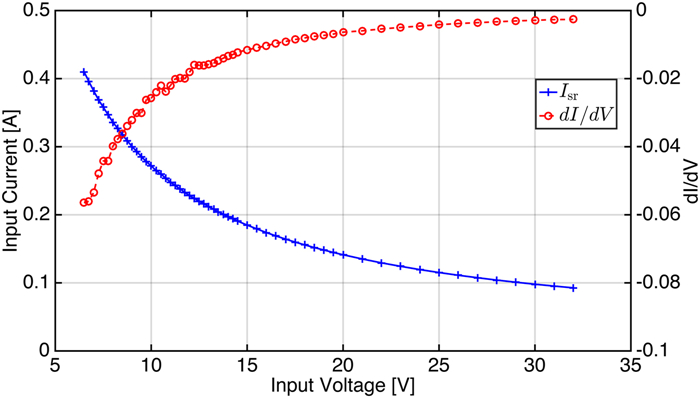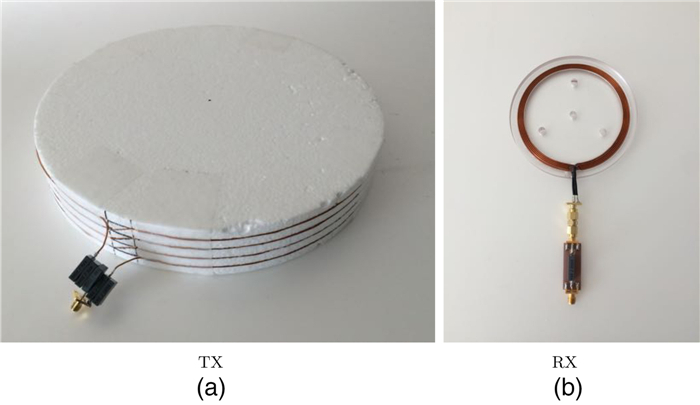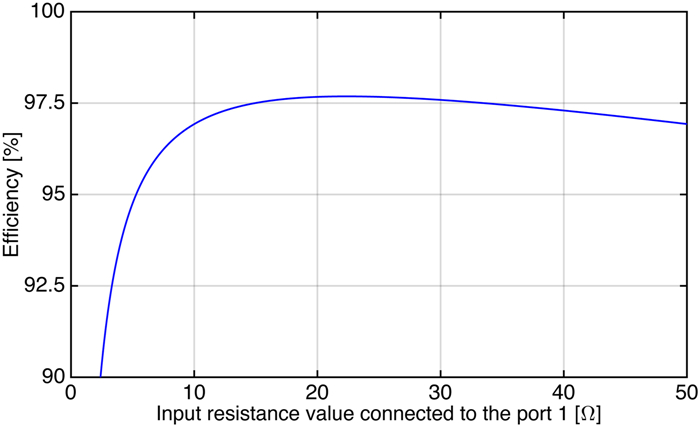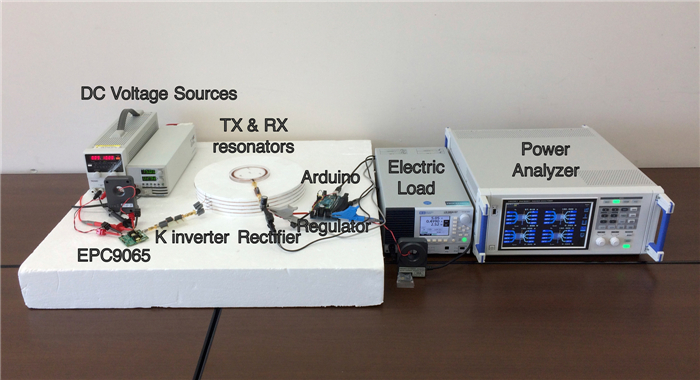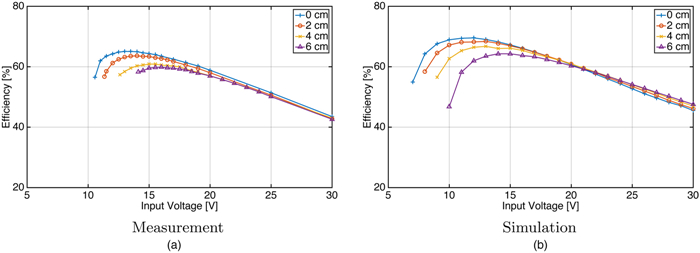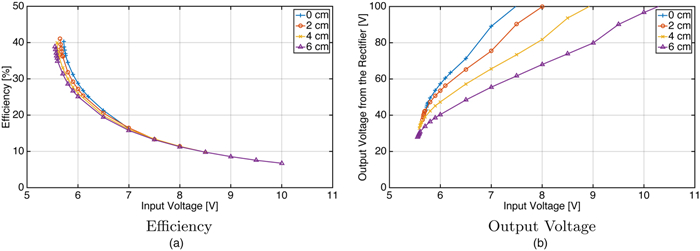Maximizing the efficiency of wireless power transfer with a receiver-side switching voltage regulator
-
1.
Graduate School of Information Science and Technology, The University of Tokyo, 7-3-1, Hongo, Bunkyo-ku, Tokyo 113-8656, Japan. Phone: +81-3-5841-6710
-
2.
JSPS Research Fellow DC1, 5-3-1, Kojimachi, Chiyoda-ku, Tokyo 102-0083, Japan
More Information
-
Author Bio:
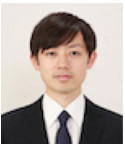 Yoshiaki Narusue
Yoshiaki Narusue received the B.E. and M.E. degrees in Information and Communication Engineering from the Graduate School of Information Science and Technology, The University of Tokyo, Tokyo, Japan, in 2012 and 2014, respectively. Currently, he is pursuing the Ph.D. degree in the same department. He received the second-best student paper award at the IEEE Radio and Wireless Symposium in 2013. His research interests mainly include wireless power transfer using magnetic resonant coupling and energy harvesting from microwaves. Mr. Narusue is a student member of the IEEE, IEICE, and IPSJ.
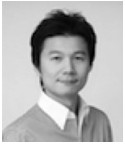 Yoshihiro Kawahara
Yoshihiro Kawahara received the B.E., M.E., and Ph.D. degrees in Information and Communication Engineering from The University of Tokyo, Tokyo, Japan, in 2000, 2002, and 2005, respectively. Currently, he is an Associate Professor with the Department of Information and Communication Engineering, The University of Tokyo, Tokyo, Japan. He joined the faculty in 2005. From 2011 to 2013, he was a Visiting Scholar with the Georgia Institute of Technology, Atlanta, GA, USA. Further, he was a Visiting Assistant Professor with the Massachusetts Institute of Technology, Cambridge, MA, USA, in 2013. His research interests lie in the areas of computer networks and ubiquitous and mobile computing. He is currently interested in developing energetically autonomous information communication devices. Dr. Kawahara is a member of the IEICE and IPSJ. He also is a committee member of IEEE MTT TC-24 (RFID Technologies).
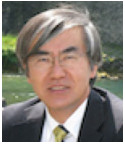 Tohru Asami
Tohru Asami received the B.E. and M.E. degrees in Electrical Engineering from Kyoto University, Kyoto, Japan, in 1974 and 1976, respectively, and the Ph.D. degree in information and communication engineering from The University of Tokyo, Tokyo, in 2005. In 1976, he joined KDD (KDDI), Tokyo, Japan. Since then, he has been working in several research areas such as UNIX-based data communication systems and network management systems. After serving as the CEO of KDDI R & D Laboratories, Inc., he joined the University of Tokyo in 2006 as a Professor with the Department of Information and Communication Engineering, Graduate School of Information Science and Technology. Professor Asami was a Vice Chairman on the Board of Directors of the Information and Systems Society at the Institute of Electronics, Information and Communication Engineers, Japan (IEICE-ISS), from 2003 to 2005
-
Corresponding author:
Y. Narusue Email: narusue@akg.t.u-tokyo.ac.jp
-
Abstract
Output voltage regulation is an essential technology for achieving stable wireless power supply. A receiver-side switching voltage regulator is useful for realizing output voltage regulation. However, this paper shows that the switching voltage regulator degrades the transfer efficiency to below 50% in a wireless power transfer system that consists of a class-D power inverter and series-resonant transmitting and receiving resonators. Such efficiency degradation is caused by the instability of an operating point where the efficiency is > 50%. The input resistance value of the switching voltage regulator at a stable operating point is much higher than the optimum value for maximizing the efficiency. To stabilize the high-efficiency operating points, this paper formulates a stability condition and derives its sufficient condition. The sufficient condition facilitates a system design method using a K-impedance inverter that allows for the optimum input resistance value to lie in the range of allowable input resistance values. In addition, we introduce an input-voltage-based efficiency maximization method for the system with the receiver-side switching voltage regulator. By combining these two methods, efficiency maximization is realized with the receiver-side switching voltage regulator. The proposed methods were verified by both simulations and measurements.
-
About this article
Cite this article
Narusue Y, Kawahara1 Y, Asami T. 2017. Maximizing the efficiency of wireless power transfer with a receiver-side switching voltage regulator. Wireless Power Transfer 4(1): 42-54 doi: 10.1017/wpt.2016.14
|
Narusue Y, Kawahara1 Y, Asami T. 2017. Maximizing the efficiency of wireless power transfer with a receiver-side switching voltage regulator. Wireless Power Transfer 4(1): 42-54 doi: 10.1017/wpt.2016.14
|









 Yoshiaki Narusue received the B.E. and M.E. degrees in Information and Communication Engineering from the Graduate School of Information Science and Technology, The University of Tokyo, Tokyo, Japan, in 2012 and 2014, respectively. Currently, he is pursuing the Ph.D. degree in the same department. He received the second-best student paper award at the IEEE Radio and Wireless Symposium in 2013. His research interests mainly include wireless power transfer using magnetic resonant coupling and energy harvesting from microwaves. Mr. Narusue is a student member of the IEEE, IEICE, and IPSJ.
Yoshiaki Narusue received the B.E. and M.E. degrees in Information and Communication Engineering from the Graduate School of Information Science and Technology, The University of Tokyo, Tokyo, Japan, in 2012 and 2014, respectively. Currently, he is pursuing the Ph.D. degree in the same department. He received the second-best student paper award at the IEEE Radio and Wireless Symposium in 2013. His research interests mainly include wireless power transfer using magnetic resonant coupling and energy harvesting from microwaves. Mr. Narusue is a student member of the IEEE, IEICE, and IPSJ.  Yoshihiro Kawahara received the B.E., M.E., and Ph.D. degrees in Information and Communication Engineering from The University of Tokyo, Tokyo, Japan, in 2000, 2002, and 2005, respectively. Currently, he is an Associate Professor with the Department of Information and Communication Engineering, The University of Tokyo, Tokyo, Japan. He joined the faculty in 2005. From 2011 to 2013, he was a Visiting Scholar with the Georgia Institute of Technology, Atlanta, GA, USA. Further, he was a Visiting Assistant Professor with the Massachusetts Institute of Technology, Cambridge, MA, USA, in 2013. His research interests lie in the areas of computer networks and ubiquitous and mobile computing. He is currently interested in developing energetically autonomous information communication devices. Dr. Kawahara is a member of the IEICE and IPSJ. He also is a committee member of IEEE MTT TC-24 (RFID Technologies).
Yoshihiro Kawahara received the B.E., M.E., and Ph.D. degrees in Information and Communication Engineering from The University of Tokyo, Tokyo, Japan, in 2000, 2002, and 2005, respectively. Currently, he is an Associate Professor with the Department of Information and Communication Engineering, The University of Tokyo, Tokyo, Japan. He joined the faculty in 2005. From 2011 to 2013, he was a Visiting Scholar with the Georgia Institute of Technology, Atlanta, GA, USA. Further, he was a Visiting Assistant Professor with the Massachusetts Institute of Technology, Cambridge, MA, USA, in 2013. His research interests lie in the areas of computer networks and ubiquitous and mobile computing. He is currently interested in developing energetically autonomous information communication devices. Dr. Kawahara is a member of the IEICE and IPSJ. He also is a committee member of IEEE MTT TC-24 (RFID Technologies).  Tohru Asami received the B.E. and M.E. degrees in Electrical Engineering from Kyoto University, Kyoto, Japan, in 1974 and 1976, respectively, and the Ph.D. degree in information and communication engineering from The University of Tokyo, Tokyo, in 2005. In 1976, he joined KDD (KDDI), Tokyo, Japan. Since then, he has been working in several research areas such as UNIX-based data communication systems and network management systems. After serving as the CEO of KDDI R & D Laboratories, Inc., he joined the University of Tokyo in 2006 as a Professor with the Department of Information and Communication Engineering, Graduate School of Information Science and Technology. Professor Asami was a Vice Chairman on the Board of Directors of the Information and Systems Society at the Institute of Electronics, Information and Communication Engineers, Japan (IEICE-ISS), from 2003 to 2005
Tohru Asami received the B.E. and M.E. degrees in Electrical Engineering from Kyoto University, Kyoto, Japan, in 1974 and 1976, respectively, and the Ph.D. degree in information and communication engineering from The University of Tokyo, Tokyo, in 2005. In 1976, he joined KDD (KDDI), Tokyo, Japan. Since then, he has been working in several research areas such as UNIX-based data communication systems and network management systems. After serving as the CEO of KDDI R & D Laboratories, Inc., he joined the University of Tokyo in 2006 as a Professor with the Department of Information and Communication Engineering, Graduate School of Information Science and Technology. Professor Asami was a Vice Chairman on the Board of Directors of the Information and Systems Society at the Institute of Electronics, Information and Communication Engineers, Japan (IEICE-ISS), from 2003 to 2005 


